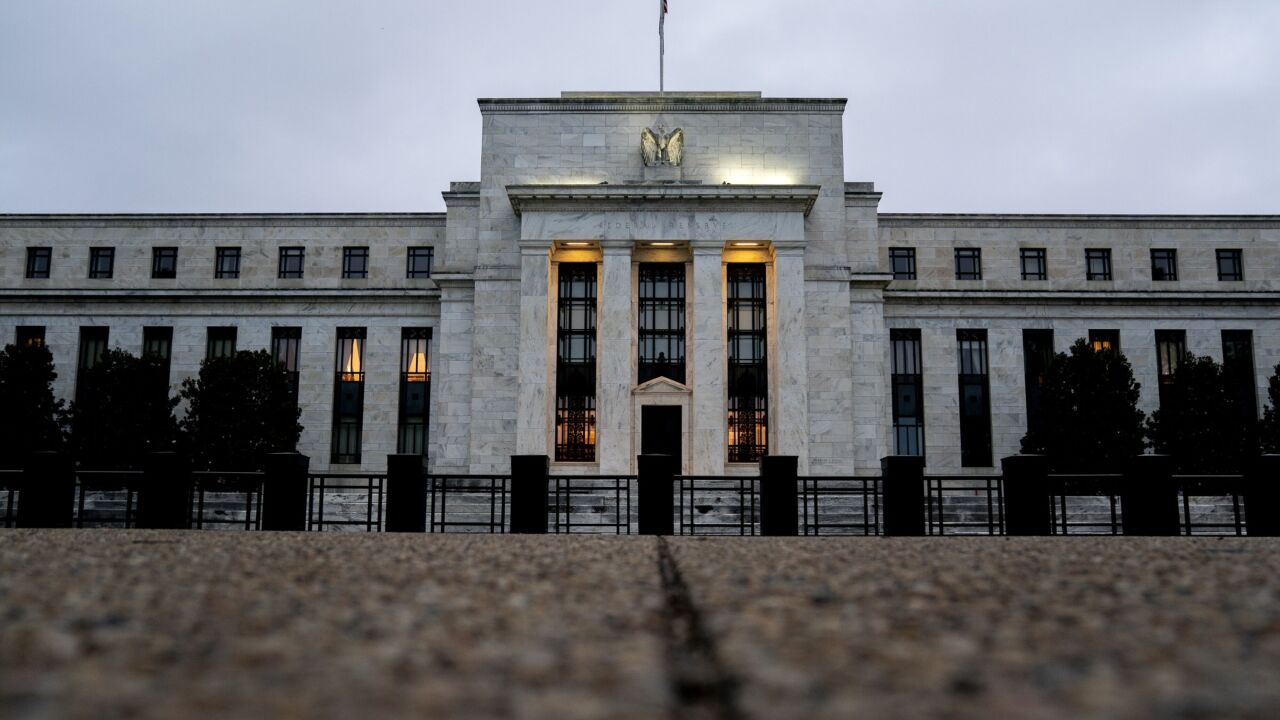
The recent plunge in Bank of the Ozarks Inc.'s stock might best be explained as guilt by association.
The $3.1 billion-asset Little Rock company has not made any announcements that might have spooked investors, yet its stock has dropped by roughly a third since the end of May; on Thursday it had hit a five-year low of $15.79.
Bank of the Ozarks had no explanation for the decline, but analysts said it might have had something to do with troubling developments at some other Arkansas companies, as well as a Goldman Sachs Group Inc. report released Monday suggesting that banks with heavy exposure to construction and development loans will need to raise more capital. (Nearly 40% of Bank of the Ozarks' loans are to developers.)
Whatever the reason, Bank of the Ozarks had been fielding so many calls from jittery investors in recent days that late Thursday it issued a press release just to assure investors that everything is fine. It reiterated that it expects to post record net interest income each quarter of this year, and that its chargeoff ratio for the full year would be 20-30 basis points — well below that of other companies its size.
The company also said that it is considered well capitalized by regulatory standards, and that it has no plans to raise more capital.
That seemed to calm investors briefly. The stock rose 11.6% Friday, to close at $17.88 a share, but the recovery was short-lived. By late Monday the shares were trading at $16.72.
Bank of the Ozarks typically does not issue press releases between earnings announcements, but Susan Blair, an executive vice president at the company, said in a telephone interview Friday that because of the stock's unexplained slide, it felt it had to make an exception.
"We didn't have any information that would explain the heightened trading activity in our stock," she said. "Due to the numerous inquiries from our stockholders, we felt that it was important to communicate with them [and] reaffirm previous guidance."
Andy Stapp, a senior analyst with B. Riley & Co. Inc., called the investor reaction "irrational."
Bank of the Ozarks has posted relatively strong earnings of late, Mr. Stapp said, and its management team is regarded as one of the industry's best.
Another thing the market "is overlooking," he said, "is that most of their construction and development loans that came on the books of late came from developers that put 35% or better capital into the projects."
Bank of the Ozarks' first-quarter earnings rose 3.2% from a year earlier, to $7.8 million, and even though its returns on assets and equity declined, they were still comfortably above industry averages, according to Federal Deposit Insurance Corp. data.
Mr. Stapp and other analysts said that investors could be concerned about the weakening Arkansas economy and the impact it could have on banks there.
ANB Financial in Bentonville failed last month, and the Office of the Comptroller of the Currency announced last week that Legacy National Bank in Springdale and Metropolitan National Bank in Little Rock are operating under enforcement orders.
Analysts said investors also could have been reacting to the Goldman Sachs report, which predicted that banks would need to raise another $65 billion of capital this year to offset credit losses.





